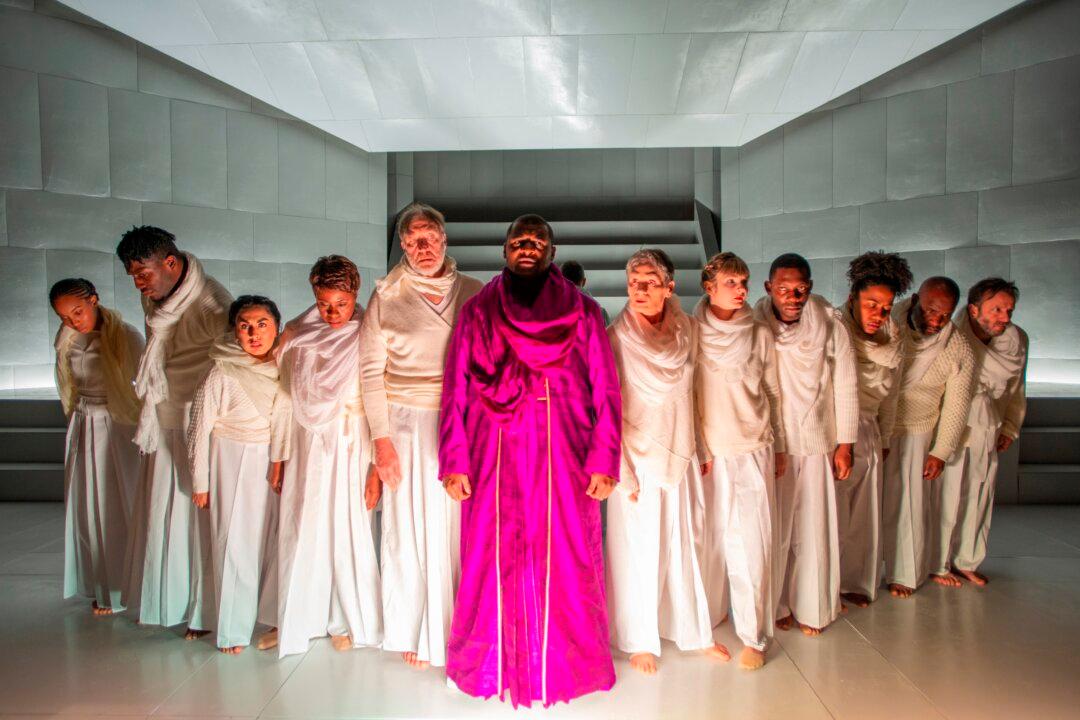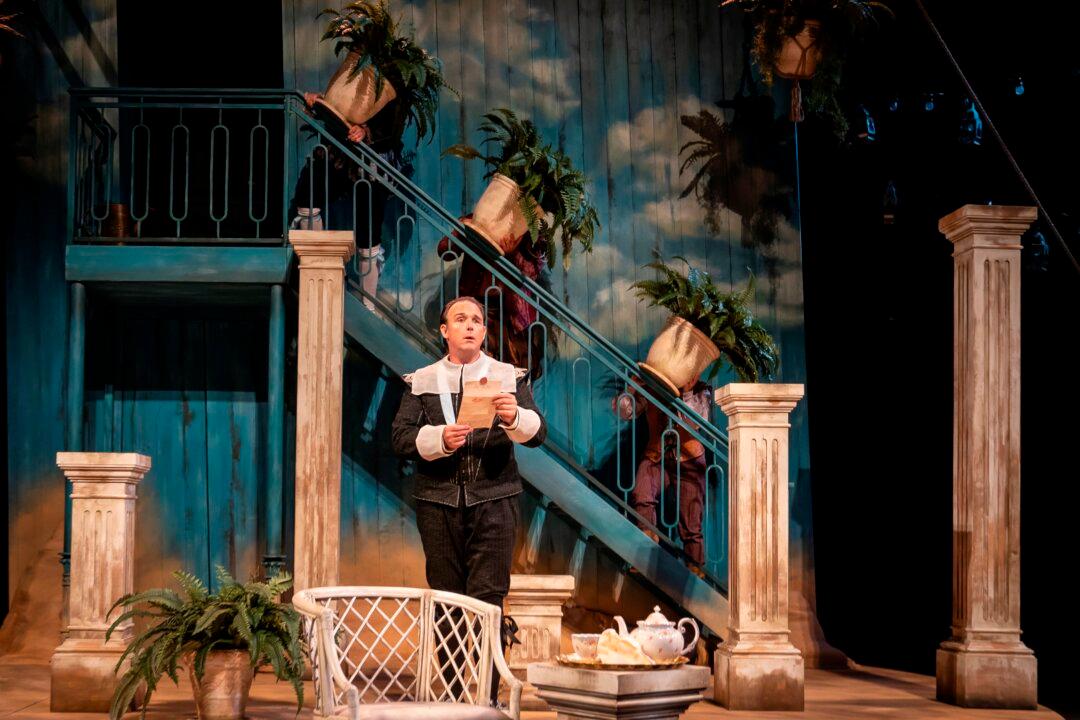Painter, muralist, and songwriter Eloy Torrez says the classical arts, both art and music, have inspired him to evolve as an artist.
It is not that Torrez has a philosophy of the importance of classical methods or works, but that through his life, some exposure to classic works have sparked his growth as an artist.
Renaissance artists not only demonstrated a high level of skill, but the religious figures they depicted also had an otherworldly quality.





